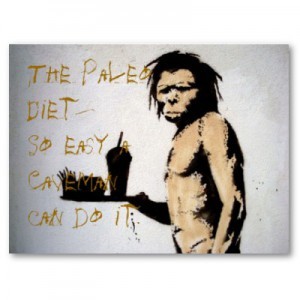
Is the Paleo diet for cyclists? Yes! and no… but more Yes than no!
Why the Paleo Diet for Cyclists Works
Amino Acids
The Paleo diet is high in animal proteins which contain important amino acids for recovery. As you know from previous posts, one of the keys to becoming a great cyclist is fast recovery. The faster you recover the harder you can train.
Alkaline vs. Acidic
When you eat food it goes to the kidney as acidic or alkaline. The idea is to obtain a more alkaline pH (approximately 7.35 – 7.45) because that is what we were used to “back in the day” (Paleolithic period).
Acid foods such as grains, cheese, dairy, salty processed foods and meat cause the body to think it is out of balance (pH wise). When the body thinks it is out of balance it uses up essential minerals such as potassium, magnesium, calcium and sodium to restore equilibrium. What is even worse is the body will break down muscle tissue, that you have worked so hard to build, to restore a balanced pH level;however, the paleo diet does counteract this with all the fruits and vegetables (fruits and vegetables make you more alkaline). An acidic pH makes people more prone to colds and illness. If you are sick, you are not able to train.
To summarize, the paleo diet will help muscle growth (by not eating away at the muscle you worked hard to build) and keep you from getting sick.
Why the Paleo Diet for Cyclists Doesn’t Work
Glycogen
Any cyclist/athlete must maintain muscle stores of glycogen, it is your bodies fuel for high performance activities. If you were to follow the strict Paleo diet, fruits and vegetables (relatively low on the glycemic index) would be your only source of replacement. Unfortunately, you would have to eat pounds of fruits and vegetables (read as pounds of fiber… or… lots of bathroom time) after high intensity workouts.
So… you need carbs for high performance. What to do?
The Ideal Paleo Diet For Cyclists
The ideal diet for cyclists requires tweaking the Paelo diet. Follow the Paleo diet except for: immediately before cycling, during cycling, and 30 minutes to an hour after cycling. During these periods you can and should eat carb loaded foods. (Details of what to eat and when to eat it in later posts so subscribe to my newsletter… or buy The Paleo Diet for Athletes if you simply can’t wait)
I read The Paleo Diet for Athletes and I am a firm believer in its health benefits. I have never “subscribed” to a “diet” before this, but this one just makes sense! I strongly recommend that you at least try it out… if you haven’t then you don’t have an opinion, you are just speculating.
I did not go cold turkey Paleo Diet for Athletes, but at least I am now aware of what I should be doing and when I should be doing it so I can make more informed decisions.
If you have already read The Paleo Diet for Athletes, (as many of you likely already have as it is at the top of the best selling list for diets) then I have also included some Paleo Cookbooks and Mealplans for people who want more ideas or need a meal plan that I have used and enjoy. As I said in The Basics to Cycling Nutrition the key to becoming a good cyclist is nutrition! Click on the pictures below to learn more:
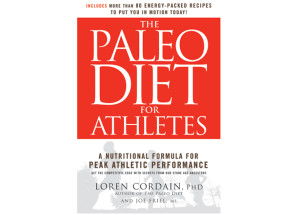



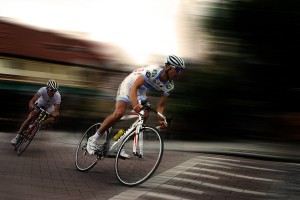
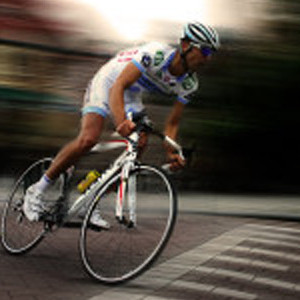
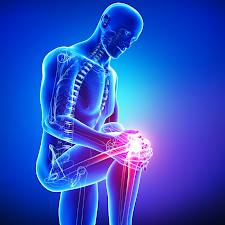
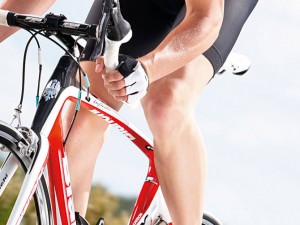
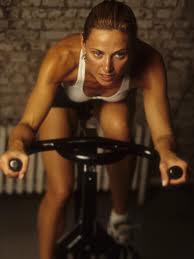 I used to show up to an event with just enough time to put my helmet and shoe’s on and get to the start line before the gun went off. (I Love my bed) Then I learned how important a proper cycling warm up actually was!
I used to show up to an event with just enough time to put my helmet and shoe’s on and get to the start line before the gun went off. (I Love my bed) Then I learned how important a proper cycling warm up actually was!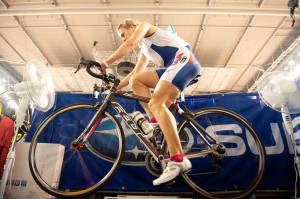
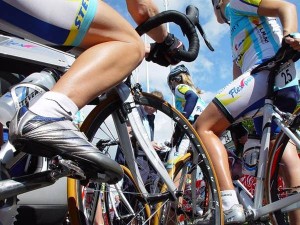 I went to a professional bike fitting and was surprised that one of the first questions that was asked was related to my cleat position:
I went to a professional bike fitting and was surprised that one of the first questions that was asked was related to my cleat position: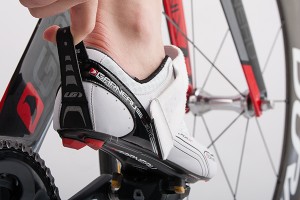 Steve Hogg, a world-renowned expert on bike fitting, recommends the following cleat positions:
Steve Hogg, a world-renowned expert on bike fitting, recommends the following cleat positions: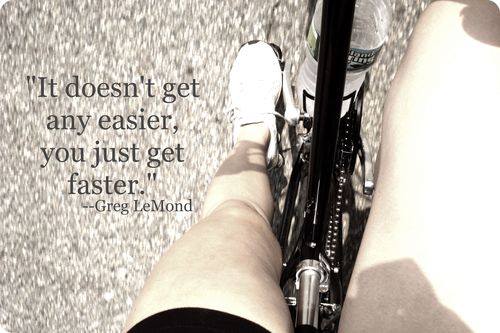
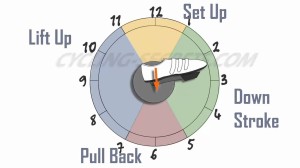 Doesn’t everyone pedal in a circle? No, they actually do not!
Doesn’t everyone pedal in a circle? No, they actually do not!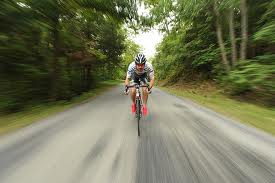 There are several ways to improve your pedaling technique.
There are several ways to improve your pedaling technique.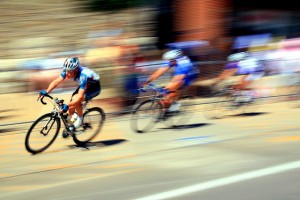
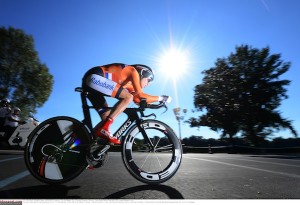 What is the suggested cadence?
What is the suggested cadence?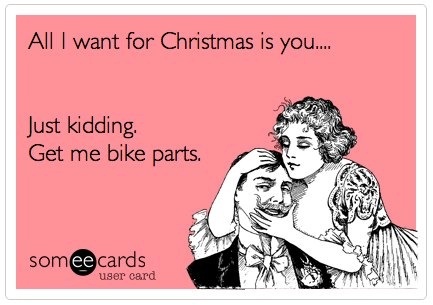 You do not need a lot of bike repair tools, but you do need the right ones.
You do not need a lot of bike repair tools, but you do need the right ones.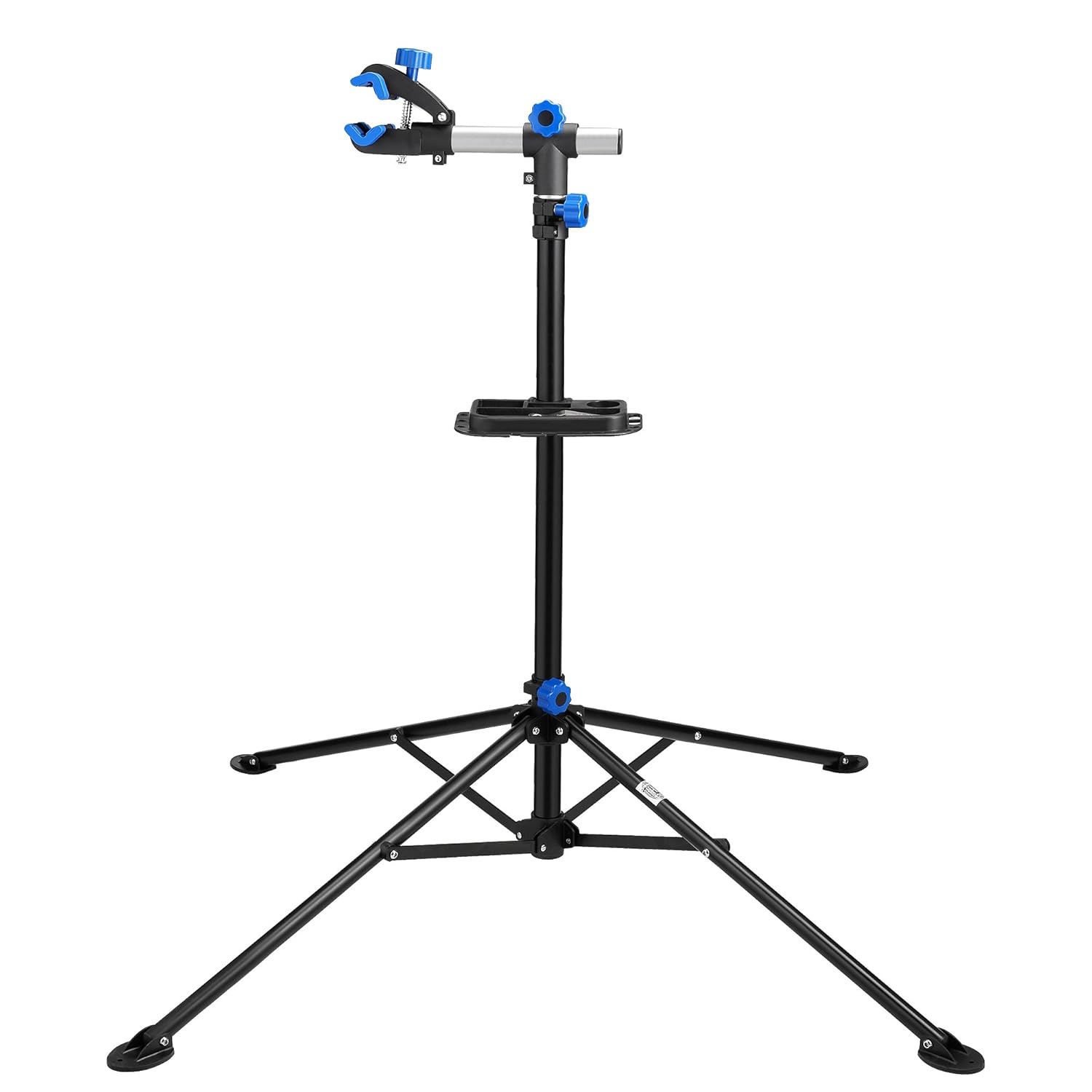












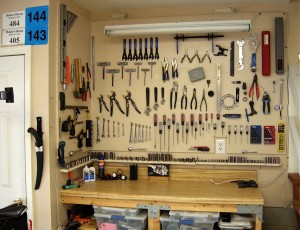 10. Hammer
10. Hammer


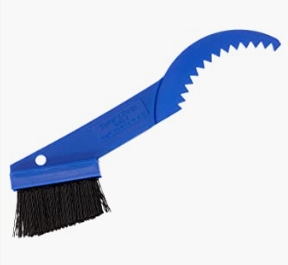






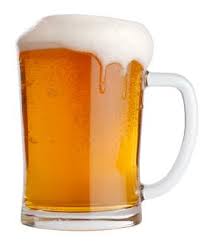


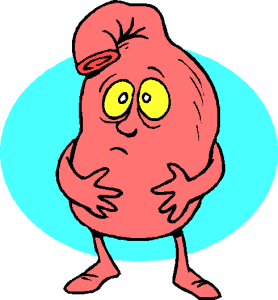
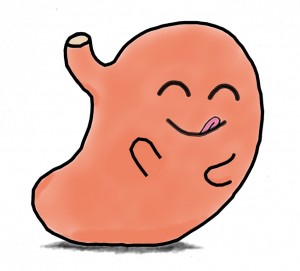 If you have tried this already and still are having stomach/vomiting issues then it is time to look at what you are doing off the bike. Your esophagus has muscles that help push the food down and at the bottom is a sphincter that keeps the food from coming back up!
If you have tried this already and still are having stomach/vomiting issues then it is time to look at what you are doing off the bike. Your esophagus has muscles that help push the food down and at the bottom is a sphincter that keeps the food from coming back up!